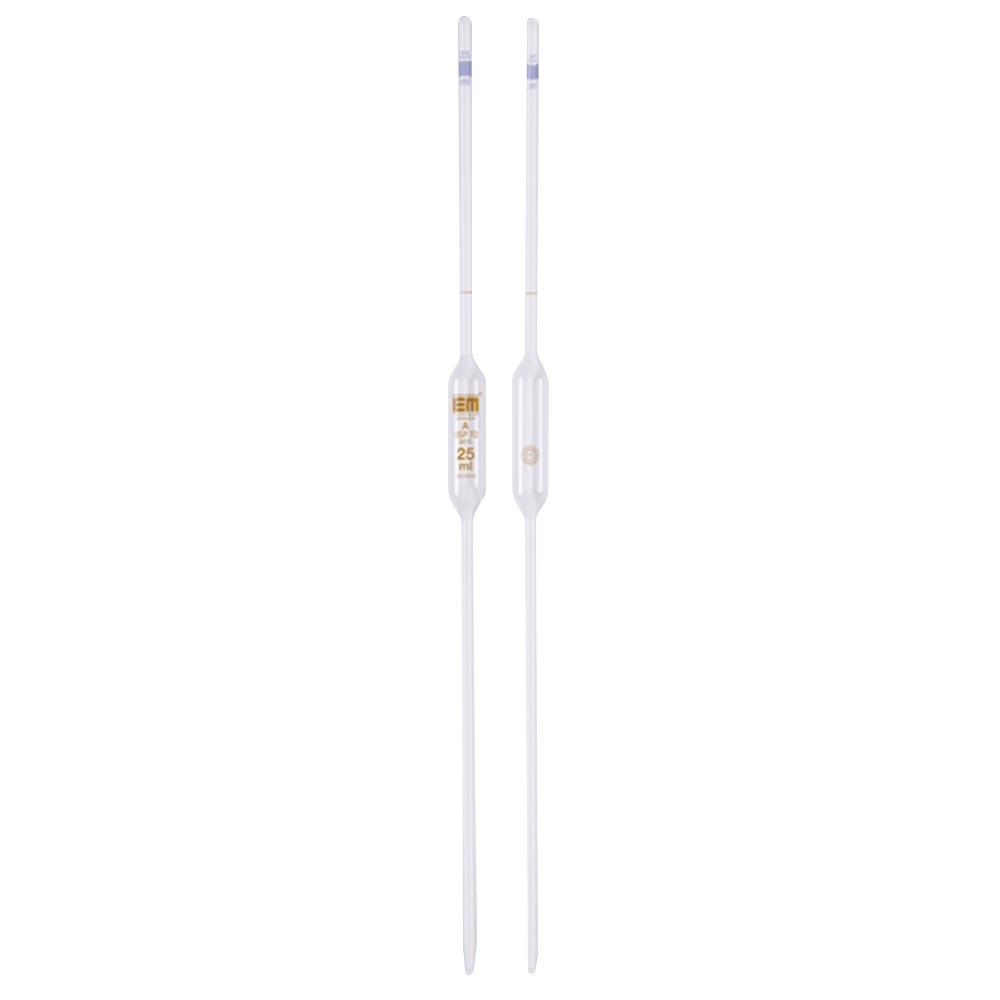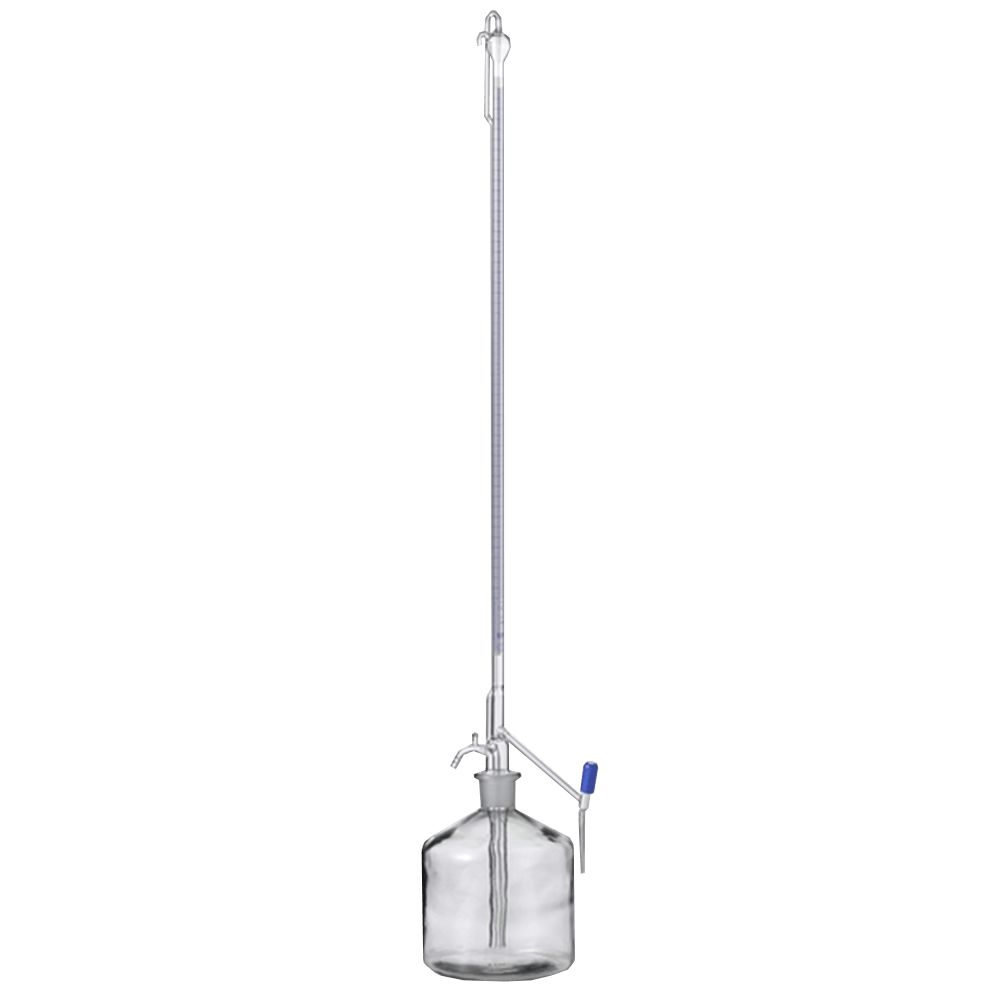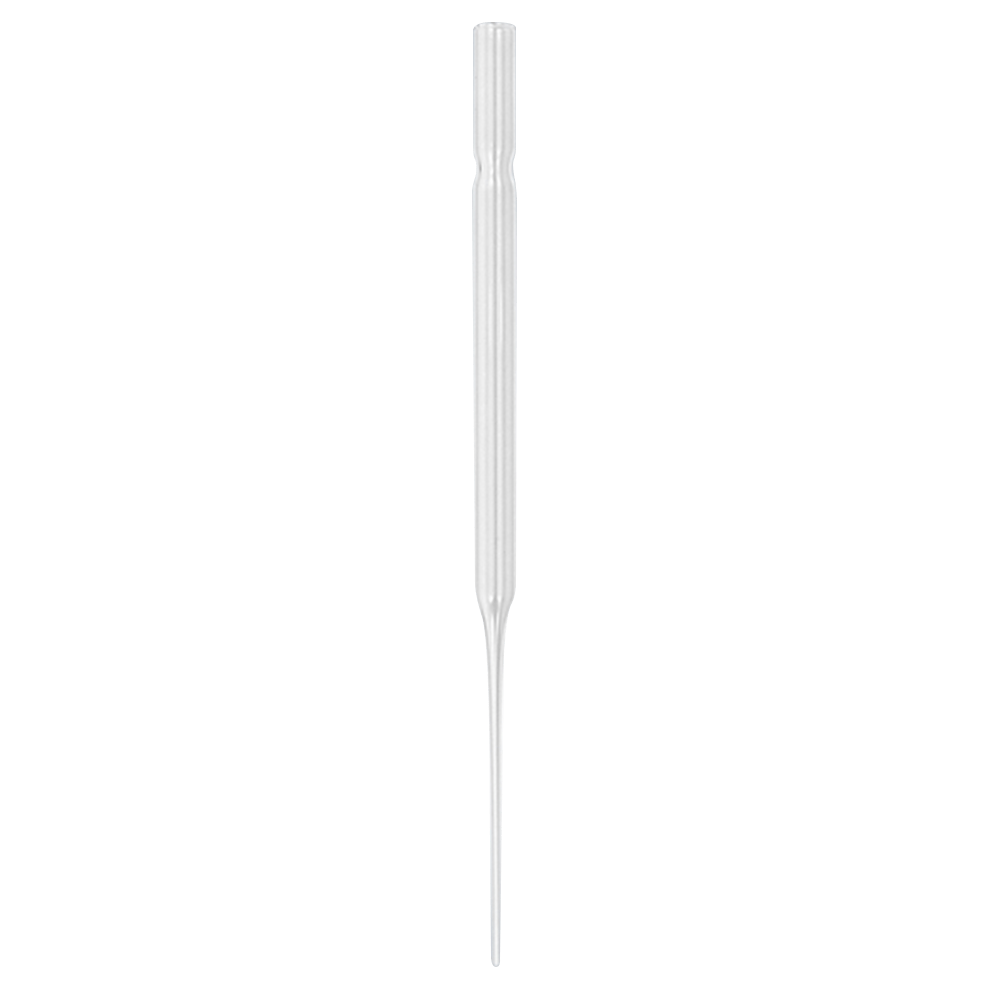About glass
A short overview
Function, design, quality
Glass is a very special material. It embodies numerous properties which are ideal for work in the laboratory. It is dense, yet simultaneously transparent, and has a neutral odour and taste. It has a high degree of chemical resistance and is very easy to clean, thanks to its smooth surface.
Glass is a material with a long history which is still important today and will continue to play a significant role in the future, due to its unsurpassed physical and chemical properties.
A variety of glass types have been processed to produce Hirschmann laboratory instruments, and Hirschmann works exclusively together with selected quality suppliers in this respect.



Glass shapes – a selection



Measuring flasks
Measuring flasks are available in different forms, including tapered or pear-shaped examples. The surface on which the measuring flask stands should be of an adequately large area to prevent it wobbling or turning. The nominal volume is indicated by a ring mark on the neck of the flask. Measuring flasks are available with or without a closure plug. They are calibrated for IN.
Glass is a material with a long history which is still important today and will continue to play a significant role in the future, due to its unsurpassed physical and chemical properties.
A variety of glass types have been processed to produce Hirschmann laboratory instruments, and Hirschmann works exclusively together with selected quality suppliers in this respect.
Individual labelling
Volumetric measuring devices made of glass are now also available with individual labelling. The new Hirschmann coding process enables the labelling of glass measuring flasks with a data matrix code, barcode, numbers and letters. Each device is thus labelled with a unique, unequivocal signature, enabling unambiguous identification of the device throughout the entire period of use. The labelling is durably protected and remains permanently legible. The labelling is durably protected and remains permanently legible.



Measuring and mixing cylinders
Three measuring and mixing cylinder designs are defined in the standard:
- tall version with spout
- tall version with plug
- short version with spout
They have a hexagonal or round base. The neck of cylinders with plugs has a so-called tube socket on the inside at the top to ensure that the plug fits exactly. The volume is measured with graduation marks or main point ring graduation. It begins with zero at the base and extends up the cylinder to the nominal volume. Measuring and mixing cylinders are calibrated for IN.



Volumetric pipettes
A volumetric pipette has a marking for obtaining an exactly defined volume of liquid. Indication is realised with one or two volume marks. Volumetric pipettes are calibrated for EX / drainage.



Measuring pipettes
Differing volumes of liquid are dispensed with measuring pipettes. They are therefore marked with a measurement scale. The zero point can be marked on the upper and lower end of the scale. Measuring pipettes are calibrated for EX / drainage.



Burettes
A burette is a calibrated glass tube with a scale and a ground valve at the lower end; the valve comes in different types and shapes. It is used in titration for quantitative measurement of small volumes of liquid. The scale consists of graduation marks or main point ring graduations and is frequently supplemented on the reverse side by a Schellbach stripe . Burettes are calibrated for EX.



Pasteur pipettes
Pasteur pipettes according to ISO 7712 are uniform glass tubes in an exact design for single use, with a constriction in the upper part for cotton plugs.
Glass types
Two glass types are mainly used for laboratory instruments made of glass
soda-lime glass und borosilicate glass
They differ in terms of their chemical and physical properties and are therefore used for different applications.
Soda-lime glass
Soda-lime glass accounts for the majority of industrially manufactured glasses. It typically consists of 71 to 75 per cent sand (SiO2), 12 to 16 per cent natron (Na2O) and 10 to 15 per cent lime (CaO). Soda-lime glass is used for everyday items such as bottles for beverages, jars for food, drinking glasses and flat glass. The glasses have a smooth non-porous surface. In contrast to borosilicate glass, it is much more sensitive to temperature fluctuations. It is therefore not employed for applications involving severe changes in temperature.
The raw material used by Hirschmann to make soda-lime glass is AR glass from Schott.
Borosilicate glass
70 to 80 per cent of the weight of borosilicate glass consists of sand. 7 to 13 per cent are accounted for by boron trioxide, four to eight per cent by sodium oxide and potassium oxide and 2 to 7 per cent by aluminium oxide. It has a higher chemical resistance than soda-lime glass and a high resistance to heat and temperature changes. Borosilicate glass is for this reason also used for production plant components in the chemical industry, the laboratory and pharmaceutical industry or as glass for lamps. Examples of the use of borosilicate glass in the household include baking and pie dishes.
Borosilicate glass is mainly used by Hirschmann for measuring flasks, measuring cylinders and burettes, due to its high degree of strength. Hirschmann is also the only manufacturer in the world that includes borosilicate glass capillaries in its product range.
Borosilicate glass 3.3 DURAN from Schott is processed as a raw material.
Hirschmann-Laborgeräte uses DURAN and AR glass
for the following products.
| Measuring flasks: | DURAN from Schott, borosilicate glass 3.3 in compliance with ISO 3585 |
| Measuring cylinders: | DURAN from Schott, borosilicate glass 3.3 in compliance with ISO 3585 |
| Burettes: | DURAN from Schott, borosilicate glass 3.3 in compliance with ISO 3585 |
| Measuring pipettes: | AR glass from Schott, soda-lime glass |
| Volumetric pipettes: | AR glass from Schott, soda-lime glass |
Scaling
There are two types of graduation in the case of volumetric measuring devices with a scale (measuring pipettes, measuring cylinders, burettes):
Main point ring graduation
Main point ring graduation is employed for Class A and AS measuring devices and uses the following graduation mark lengths:
| Short graduation marks: | length between 10% and 20% of the tube circumference |
| Medium graduation marks: | length approx. 1.5 times as long as the short graduation marks |
| Long graduation marks: | at least 90% of the tube circumference |
Graduation marks
Graduation marks are employed for Class B measuring devices and have the following graduation mark lengths:
| Short graduation marks: | length between 10% and 20% of the tube circumference |
| Medium graduation marks: | length approx. 1.5 times as long as the short graduation marks |
| Long graduation marks: | at least 90% of the tube circumference |
Schellbach stripe
The Schellbach stripe is a coloured stripe applied to the reverse side of the measuring device in addition to the scale. When looking through the device, it forms an indicator with the meniscus on the upper edge of the liquid. This increases the accuracy of the reading.
Classification
Valid standards and the German Calibration Regulation (Eichordnung) classify glass volumetric measuring devices as follows:
Class A:
the volume tolerances must lie within the error limits specified by DIN/ISO and EO. Class A products meet all the requirements for the conformity certificate.
Class AS:
the volume tolerances must lie within the error limits specified by DIN/ISO and EO. The devices should be calibrated for EX and meet the requirements for rapid drainage and the prescribed waiting period. Class AS products meet all the requirements for conformity certificate.
Class B:
the volume tolerances must lie within the double error limits of Class A/AS. However, Hirschmann Class B products do not exploit this latitude fully and usually lie well within 1 1/2 times the error limits.
Standards
Glass measuring devices are certified pursuant to the following standards
| Measuring flasks: | DIN EN ISO 1042 |
| Measuring cylinders: | DIN EN ISO 4788 |
| Burettes: | DIN EN ISO 385 |
| Measuring pipettes: | DIN EN ISO 835 |
| Volumetric pipettes: | DIN EN ISO 648 |
Safety coating
PURClass in the lab – as safe as in a safe
Safety coating for volumetric glassware and laboratory bottles
The polyurethane coating (abbreviation PU, PUR), which protects the volumetric flask/cylinder/laboratory bottle, prevents leakage of the medium or the critical or hazardous chemical liquid and prevents possible injuries in the event of glass breakage. When ordering, please state the desired article number of the volumetric measuring device and the suffix “PU” in addition to the respective order quantity.